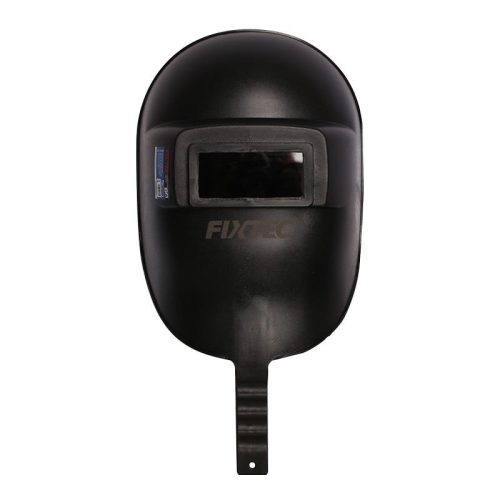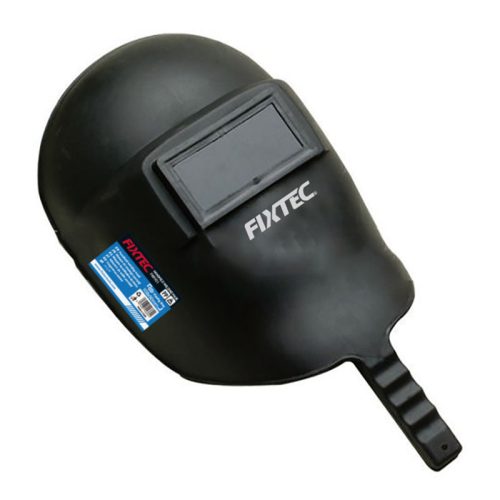Proper helmet ventilation is essential for maintaining comfort and preventing overheating, especially during physical activities like cycling, motorcycling, or other sports. Here are some tips to help you stay cool with effective helmet ventilation:
- Choose a Well-Ventilated Helmet: When selecting a helmet, opt for one with ample ventilation. Look for helmets with multiple vents and channels to facilitate airflow. Helmets designed for specific sports or activities often have features tailored for ventilation.
- Open Vents: Ensure the helmet vents are fully open, especially in hot weather. Many helmets have adjustable vents that can be partially or fully closed, depending on your preference. Keep them open for maximum airflow.
- Moisture-Wicking Pads: Invest in moisture-wicking padding for the interior of your helmet. This material helps absorb sweat and moisture, keeping your head dry and cool. Some helmets come with such pads, but you can also purchase them separately.
- Wear Moisture-Wicking Headwear: Under your helmet, wear a moisture-wicking headband or skull cap. This helps wick away sweat from your forehead and keeps it from dripping into your eyes. These accessories are especially helpful during intense physical activities.
- Proper Fit: A well-fitting helmet ensures that air can flow through the vents as intended. Make sure your helmet is snug but not too tight, and that it sits level on your head. Follow the manufacturer’s guidelines for fit.
- Air Channeling Design: Some helmets have advanced air channeling systems that direct airflow over the head and keep it cool. Look for helmets that have carefully designed channels to maximize ventilation.
- Helmet Shields and Visors: If your helmet has a visor or shield, ensure that it is properly positioned to allow airflow. Some visors can be adjusted to provide more or less coverage.
- Strategic Ventilation: Pay attention to the vents’ location on your helmet. Front vents can help bring in cooler air, while rear vents allow warm air to escape. Position your head to take advantage of this airflow.
- Helmet Liner and Pads: Some helmets come with removable liners and pads. You can wash or replace them as they become soiled or less effective at wicking away moisture.
- Regular Maintenance: Keep your helmet clean and free from obstructions. Dirt and debris can clog vents and reduce airflow. Clean your helmet as recommended by the manufacturer.
- Choose Light Colors: Helmets with lighter-colored shells may absorb less heat from the sun, helping to keep your head cooler.
- Ride in the Cooler Parts of the Day: If possible, plan your activities during the cooler parts of the day, such as early morning or late afternoon. High temperatures can make staying cool in a helmet more challenging.
- Stay Hydrated: Proper hydration helps regulate your body temperature, making it easier to stay cool. Drink water before, during, and after your activity, especially in hot weather.
Remember that while ventilation is crucial, safety should never be compromised. Some helmets are designed with more ventilation but may offer less impact protection. Ensure that your helmet meets safety standards and is appropriate for your chosen activity while providing adequate ventilation for your comfort.


